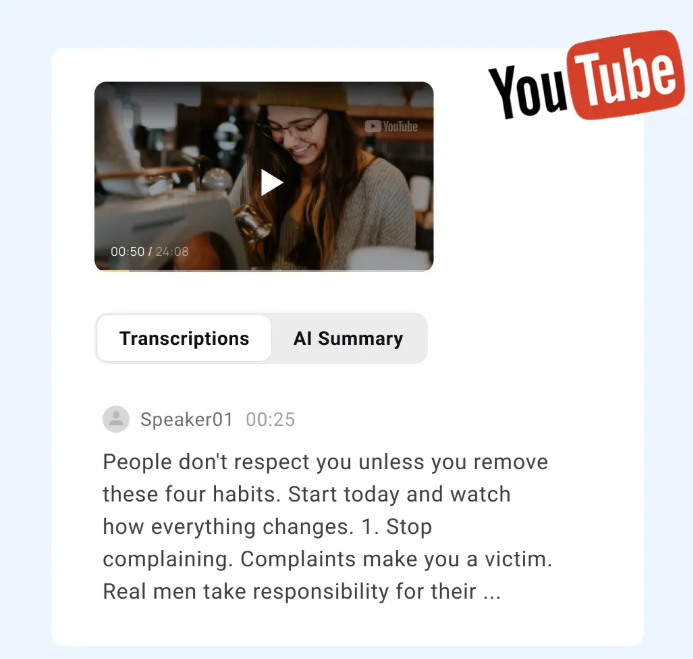Patrick Mahaffy explains that conflict is a word that can send shivers down the spine of even the most seasoned leader. Disagreements within a team are inevitable, but how you handle them defines your leadership. A well-managed conflict can actually be an opportunity for growth and innovation. Here are some key tips to help you become a conflict resolution pro:
Be the Calm in the Storm: Emotions can run high during conflict. As a leader, it’s crucial to stay calm and collected. This doesn’t mean being emotionless but rather demonstrating self-control and setting the tone for a productive discussion.
Seek First to Understand: Don’t jump to conclusions. Actively listen to all parties involved in the conflict. Ask clarifying questions to uncover the root cause of the disagreement. By understanding each person’s perspective, you can start to bridge the gap.
Focus on Interests, Not Positions: People often get stuck defending their positions, which can make it hard to find common ground. Instead, try to understand the underlying interests that are driving each person’s stance. What are they hoping to achieve? When you focus on interests, finding solutions that work for everyone becomes easier.
Separate the People from the Problem: It is easy to get caught up in personalities during conflict. Patrick Mahaffy says to remember the goal is to solve the problem, not attack the people involved. Maintain a respectful and professional tone throughout the discussion.
Embrace Collaboration, Not Competition: Conflict resolution isn’t a battle to be won. Work with both parties to brainstorm solutions that address everyone’s concerns. Encourage collaboration and creativity to find a win-win outcome.
Facilitate Open Communication: Sometimes, all it takes to resolve a conflict is clear and open communication. Create a safe space for everyone to express their opinions and concerns without fear of judgment.
Compromise is Key: Most conflicts won’t have a perfect solution that makes everyone 100% happy. Be prepared to find common ground through compromise. This may involve concessions from all parties, but ultimately, it should lead to a solution that everyone can accept.
Don’t Be Afraid to Get Creative: Sometimes, standard solutions won’t work. Be open to thinking outside the box and exploring creative approaches to resolving the conflict.
Follow Up and Monitor: Conflict resolution doesn’t end with a handshake. Follow up with the parties involved to ensure the agreed-upon solution is working. Be prepared to make adjustments as needed.
Patrick Mahaffy notes that following these tips can transform conflict from a roadblock into a springboard for growth and success. Remember, effective conflict resolution is a skill that can be learned and honed. The more you practice, the better you’ll become at navigating disagreements and fostering a positive and productive work environment for your team.












